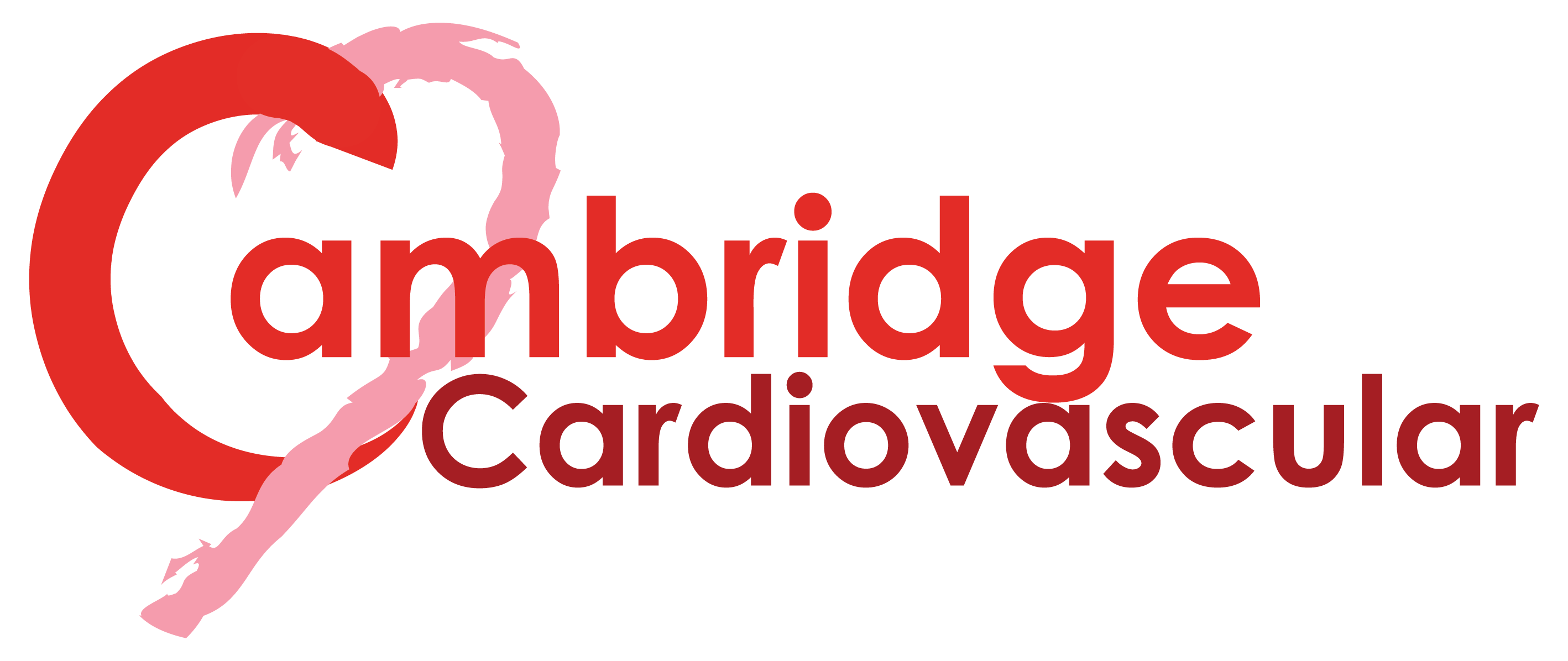Submitted by Administrator on Thu, 17/12/2015 - 20:54
In a research project funded by the British Heart Foundation, Ms Victoria Mascetti and Professor Roger Pedersen have shown that it is possible to successfully transplant human pluripotent stem cells (hPSC) into the mouse embryo and that they then develop and grow normally.
hPSCs come from two sources for use in regenerative medicine: embryonic stem cells (hESC), derived from fertilised egg cells discarded from IVF procedures; and induced pluripotent stem cells (hiPSC), where skin cells are 'reset' to their original, pluripotent form.
Stem cells have the potential to treat devastating conditions that affect various organs and tissues, particularly those that have poor regenerative capacity, such as the heart, brain and pancreas. However, some scientists have been concerned that the cells may not incorporate properly into the body and hence not proliferate or distribute themselves as intended, resulting in tumours. Today's study suggests that this will not be the case and that stem cells, when transplanted appropriately, are likely to be safe for use in regenerative medicine.
The best way to test how well stem cells would incorporate into the body is to transplant them into an early-stage embryo and see how they develop. As this cannot be done ethically in humans, scientists use mouse embryos. The gold standard test, developed in Cambridge in the 1980s, involves putting the stem cells into a mouse blastocyst, a very early stage embryo after fertilisation, then assessing stem cell contribution to the various tissues of the body.
This new study demonstrates that hiPSCs are equivalent to their embryonic counterpart. Where attempts to incorporate hiPSCs had failed previously, it was because the stem cells had not been matched to the correct stage of embryonic development: the cells needed to be transplanted into the mouse embryo at a later stage than was previously thought (a stage of embryo development known as gastrulation). Once transplanted at the correct stage, the stem cells went on to grow and proliferate normally, to integrate into the embryo and to distribute themselves correctly across relevant tissues.
Read more:
University of Cambridge Research Highlights
Victoria L Mascetti and Roger A Pedersen: "Human-Mouse Chimerism Validates Human Stem Cell Pluripotency". Cell Stem Cell; 17 Dec 2015




